The June 2023 edition of Farming Focus takes a look at Defra’s latest farming income figures and our forecasts for the coming year. We also report on the Government’s response to the Rock Review of Tenancy legislation. The UK’s trade deals with Australia and New Zealand came into force on 31st May – the first negotiated by the UK Government. Do you want to make landscape-scale change? The third element of ELM – the Landscape Recovery scheme is open for the second round of applications. We report on GB potato production which is forecast to shrink in 2023. The BoE increased UK interest rates again and we finish on some research released by AHDB comparing costs of production in the UK with other key competitor nations.
The Spotlight article this month is on one of our model farms – Friesian Farm. Updated figures show a record ppl profit in the year just finished. But falling milk prices see margins forecast to disappear this year.
Click Here to access our June 2023 edition of Farming Focus.
UK Feed Supplements White Paper Study
The Andersons Centre (Andersons) is undertaking a white paper study on key trends in the UK grazing livestock feed supplements’ market. As part of this research, we are seeking input from grazing livestock farmers on current usage of feed supplements, purchasing behaviour, key drivers of decision-making and how future changes are likely to shape how feed supplements are used. The survey takes 15-20 minutes to complete. All input will be treated with the utmost confidentiality and no information or opinion provided will be sourced individually to any participant or to any participant’s organisation. As a gesture of our thanks for your input, we are offering a complimentary copy of the John Nix Farm Management Pocketbook to the first 30 respondents. To be eligible for a complimentary copy, all sections of the survey must be completed. You can participate in the survey via: https://www.surveymonkey.co.uk/r/CQ9ZRFG
Also, a reminder that if you are an ABP supplier you could potentially avail of a free carbon footprinting assessment for your farm. ABP recently launched its PRISM 2030 Programme which Andersons is involved with. Places are limited, only 350 available. Its’ aim is to help participants to improve their carbon footprint and sustainability across the farm. A grant scheme will be available in the spring for signed up participates. If you supply ABP and would like to find out more information about joining PRISM 2030, please contact Katie Thorley via [email protected] or call 07977 061664.
If you require advice from one of our consultants, do not hesitate to contact them by email or phone. Their contact details can be obtained by clicking here. Alternatively, your can also contact our office on 01664 503200 or email [email protected]
If you would like more detail on the topics covered above as well as additional articles on UK farm business matters, why not subscribe to our Professional Update bulletin (incorporating Andersons AgriBrief)? Over the course of each month, we give a concise and unbiased commentary on the key issues affecting business performance in the UK agri-food industry, and its implications for farming and food businesses. Please click on the link below for a 90-day free trial:
https://theandersonscentre.co.uk/publications/abc-professional-update/

















